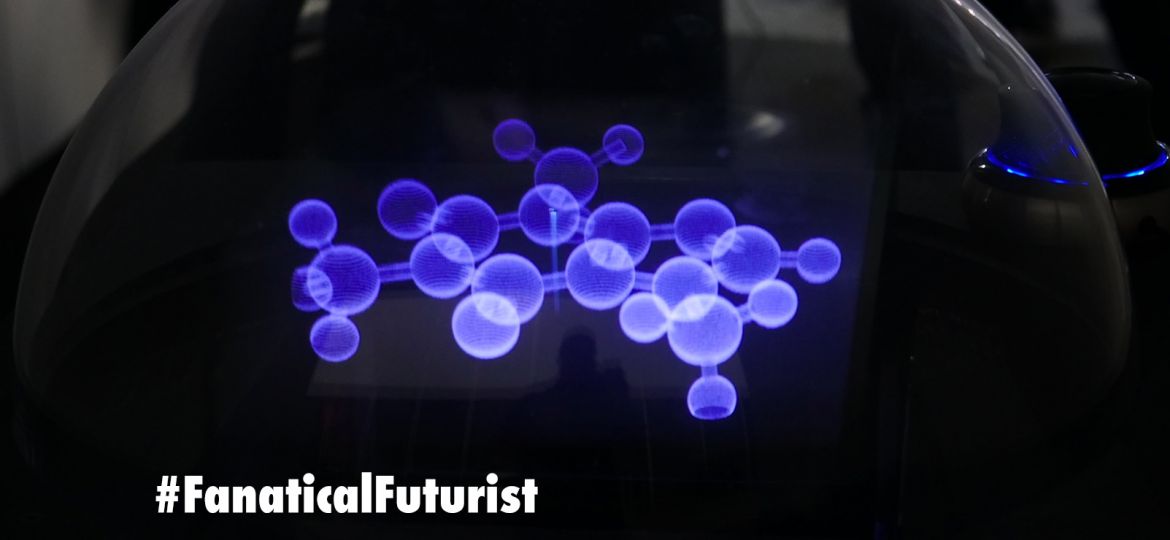
WHY THIS MATTERS IN BRIEF
One day we’ll move away from 2D screens and be entertained in true 3D, whether it’s holograms or naked-eye 3D screens, but researchers are still trying to find the perfect technology.
3D displays, like Samsung’s “soon to be released” naked-eye 11k displays, have been under development for years, and now we’re starting to see the emergence of holographic displays and smartphones, but one area of research that’s been quietly bubbling away in the background is Volumetric Displays that draw stereoscopic images in space. While it’s probably unlikely though that volumetric displays will appear on the high street anytime soon, if ever, though it’s an interesting field and one that one day might help us create better holograms so I thought it was worth a look and writing a piece on.
Recently a team at Utsunomiya University’s Kumagai Yukinobu campus released some interesting research results that showed their volumetric display creating a stereoscopic image using nothing more than bubbles in a transparent liquid that were then coloured with laser light.
The teams idea was to make a screen using fluorescent liquid and it was born by the discovery that small bubbles can be created in the liquid using a strong laser, and because the inside of their screen was made up from a highly viscous liquid, Glycerin, the bubbles didn’t move. As a result the bubbles could be used to create a 3D pixel “Voxel,” which is a combination of volume and pixels, that once lit up produce a 3D stereoscopic image. The research team used this method to draw statuettes such as mermaids, dolphins, and rabbits and announced the results in the academic journal Optica .
The Latest Volumetric Display
However, the display is still at the prototype stage and the team can only draw small static images and it looks like those souvenirs you see down the market, however, to watch a movie using it, which is apparently possible, all you’ll need to do is move the liquid or turn off the bubbles so that the image can be switched at high speed.
There have been a variety of other volumetric displays produced elsewhere but none have proved to be that practical, for example, some voxels look shapeless and other images don’t look that solid.
However, what sets this team apart, and what makes their work in this space even more interesting is that recently the same team unveiled a new interactive hologram technology that looks superb, albeit at an early stage, using a femtolaser and that’s worth checking out.
“Volumetric displays like those seen in science fiction movies are the dreams of our display researchers,” said Kumagai who led the team, and who also reckons it will be a few years still before the technology can match that seen in the movies.
As for me though, I’m not sure volumetric bubble displays are the future of star and screen but it if can be fine tuned then one day the technology might find its way into pubic exhibits, museums and aquariums. But that said who knows, perhaps the lessons being learned will one day help holograms become a reality.
















